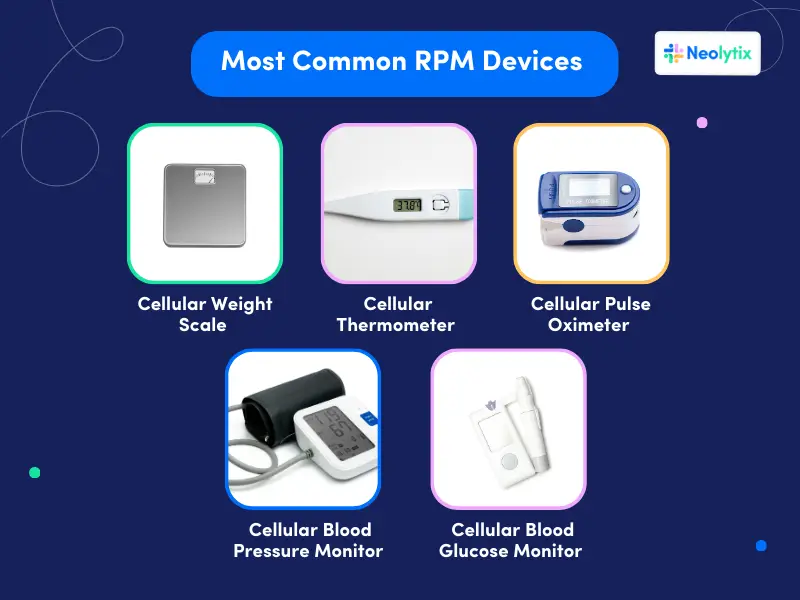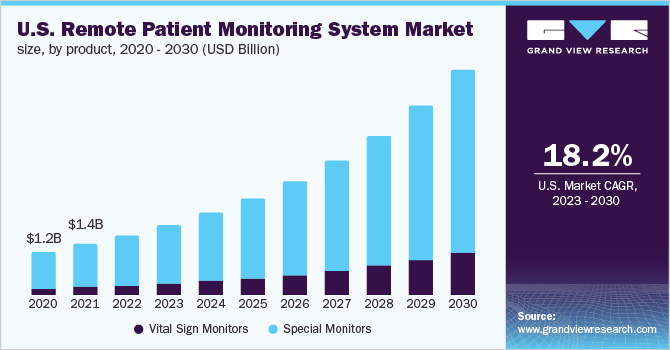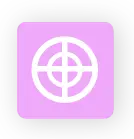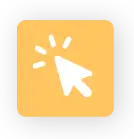It may come as a surprise to many that remote patient monitoring is over a century old. So where did it start, and what is the future of remote patient monitoring?
This article will discuss the history of RPM, its impact on healthcare, and what to expect in the future.
What is Remote Patient Monitoring (RPM)
Remote Patient Monitoring, or RPM, is a modern healthcare practice that uses advanced technology to track patients’ health data. RPM caters to individuals with chronic diseases or specific medical conditions that require continuous monitoring and care.
RPM gathers and studies health information from patients in different places. This data encompasses crucial health metrics such as blood pressure, blood glucose levels, and heart rate. Healthcare providers can then remotely assess patients’ conditions and intervene promptly when required.
RPM relies on an intricate web of components and technologies. These encompass wearable patient monitoring devices, secure data transmission channels, cloud-based storage systems, and healthcare professionals’ interfaces to access and analyze patient data.
The RPM process typically begins with the patient using specialized devices that capture their health metrics. These devices can range from smartwatches to glucometers and blood pressure monitors. Data from these devices is sent securely to healthcare providers through the internet. Healthcare professionals, in turn, use this data to assess patient health, detect anomalies, and provide timely interventions.

The History of Remote Patient Monitoring
The historical journey of Remote Patient Monitoring (RPM) is a testament to the evolution of healthcare practices and technology. Understanding its roots provides valuable insights into how RPM has become an integral part of modern healthcare.
- Early Developments in Patient Monitoring
The concept of monitoring patients remotely dates back to the mid-20th century when rudimentary telephonic communication systems were employed. In 1948, x-ray images were sent to a doctor in Pennsylvania using a telephone for the first time.
The evolution of healthcare technology advanced from cable connections to closed-circuit television (CCTV) systems. This progress continued until the 1990s when the internet emerged. With the internet, healthcare professionals gained the ability to share patient data more efficiently.
Early remote monitoring primarily focused on tracking vital signs such as heart rate and blood pressure. Early systems collected basic patient data but lacked today’s RPM technologies’ advanced features and real-time capabilities.
- Technological Advancements Over the Years
TThe development of RPM closely paralleled the growth of the healthcare and technology sectors. Digitalization in healthcare led to the shift from paper to digital health records, a major advancement. This shift in data management laid the groundwork for more advanced forms of remote monitoring.
Portable monitoring devices, such as ambulatory blood pressure monitors and glucose meters, gradually entered the scene. These devices allowed patients to monitor their health metrics at home, reducing the need for frequent clinic visits. Meanwhile, the proliferation of wireless communication networks made it possible to transmit data remotely, paving the way for the next phase of RPM development.
- RPM Milestones and Breakthroughs
Several milestones have shaped the RPM landscape over the years. The widespread adoption of smartphones and wearable devices ushered in a new era of remote monitoring. These devices enabled patients to track various health metrics continuously and transmit the data effortlessly to healthcare providers.
One of the most significant breakthroughs in RPM was the integration of Artificial Intelligence (AI) and predictive analytics. These technologies allowed for more precise monitoring and early identification of health issues. AI algorithms can analyze vast datasets, detect patterns, and provide healthcare professionals with actionable insights. This capability has revolutionized the effectiveness of RPM in chronic disease management and preventive care.
- Impact on Healthcare Delivery
As RPM evolved, its impact on healthcare delivery became increasingly evident. It addressed the challenges posed by an aging population and the rising prevalence of chronic diseases. By providing continuous data, RPM enabled healthcare providers to monitor patients proactively, detect anomalies in health metrics, and intervene before conditions worsened.
This proactive approach to healthcare management improved patient outcomes and reduced healthcare costs associated with hospitalizations and emergency interventions. RPM has become a valuable tool in chronic care management, ensuring patients receive timely and personalized care plans.
Read more in our Remote Patient Monitoring guide about the role of RPM in your healthcare organization.
The Pandemic's Impact on Remote Patient Monitoring
The COVID-19 pandemic brought about significant changes in various sectors, and healthcare was no exception. This section explores how the pandemic accelerated the adoption and transformation of Remote Patient Monitoring. The pandemic prompted a surge in telehealth services, leading to an increased focus on RPM. Lockdowns and social distancing measures limited in-person visits, making remote healthcare solutions more vital than ever.
Healthcare providers and patients utilized RPM to safely manage chronic conditions. They also used it to monitor important health metrics such as blood pressure, blood glucose levels, and heart rate. The convenience and reduced exposure to potential infections made RPM an attractive option.
Despite its advantages, the rapid adoption of RPM also presented challenges. Healthcare organizations had to navigate regulatory changes, ensure data security, and provide proper training to both healthcare professionals and patients.
The pandemic’s impact on RPM extended beyond the immediate crisis. It highlighted the need for robust telehealth infrastructure and encouraged healthcare organizations to invest in long-term RPM solutions. As a result, RPM is poised for continued growth and innovation.
The Benefits of Remote Patient Monitoring
In this section, we’ll explore the numerous benefits of remote patient monitoring (RPM), shedding light on how it substantially benefits patients and healthcare providers.
Patients
Providers
Improved Management of Chronic Diseases
RPM equips patients with the tools they need to manage chronic diseases effectively. Continuous monitoring allows for early detection of anomalies, reducing the risk of complications.
Efficient Healthcare Delivery
Healthcare providers can efficiently manage a larger number of patients through RPM, reducing the burden on healthcare facilities. In addition, the ROI of RPM rewards providers for going the extra mile.
Enhanced Convenience and Accessibility
Patients can receive care without the need for frequent clinic visits. This convenience is especially beneficial for those with mobility issues or living in remote areas.
Timely Intervention and Reduced Hospitalizations
RPM allows providers to detect health issues early, enabling timely interventions that can prevent hospitalizations and costly treatments.
Increased Patient Engagement
RPM encourages patients to actively participate in their healthcare. By regularly monitoring their health metrics, patients become more aware of their conditions and take proactive measures.
Enhanced Medication Adherence
Providers can monitor patients' medication adherence, ensuring they follow prescribed treatment plans, leading to better health outcomes.
Empowerment in Self-Care
Patients gain a sense of empowerment by actively engaging in their health management. RPM provides them with valuable insights and encourages them to make informed decisions about their well-being.
Streamlined Chronic Care Management
RPM streamlines the management of chronic conditions by providing continuous data, enabling providers to make informed decisions.
Better Quality of Life
Ultimately, RPM aims to improve patients' quality of life by enabling them to lead healthier, more comfortable lives while effectively managing their conditions.
Integration into Healthcare Systems
RPM can be seamlessly integrated into existing healthcare systems, providing a comprehensive approach to patient care.
*Read more about Remote Patient Monitoring (RPM) patient safety relating to the risks and safety considerations for implementing RPM.
The Future of Remote Patient Monitoring (RPM)
The future of Remote Patient Monitoring (RPM) holds immense promise, driven by technological advancements and evolving healthcare needs. Ongoing innovations in wearable devices will make RPM more accessible and user-friendly. These devices will become even more accurate in tracking a wide range of health metrics.
The RPM market will witness substantial growth as healthcare organizations and tech companies invest in research and development. This growth will drive competition, leading to more affordable and accessible RPM solutions. According to Grandview Research, the global RPM system market size was valued at USD 4.4 billion in 2022 and is expected to grow at a compound annual growth rate (CAGR) of 18.5% until 2030.

Allied Market Research predicts a 16.3% growth rate, while MarketsandMarkets research predicts an even higher 26.7% growth rate.
RPM will be important in healthcare, with data flowing easily between patients, providers, and the healthcare system. This integration will enhance the continuity of care and allow for more personalized treatment plans.
The future of RPM lies in its data-driven capabilities. Advanced data analytics, including AI and machine learning, will enable healthcare providers to gain deeper insights from patient data. This, in turn, will lead to more accurate diagnoses, early intervention, and improved patient outcomes.
RPM will continue to thrive within the expanding telehealth landscape. It will enable healthcare organizations to offer comprehensive virtual care solutions covering a broad spectrum of medical conditions. Smart devices and apps can remind individuals to take their medication and monitor their adherence to instructions. This can greatly enhance the management of chronic conditions.
As RPM becomes more ingrained in healthcare practices, its focus will shift towards preventive healthcare. It will handle current issues and detect early signs, so you can take action to stay healthy.
Summary
Remote Patient Monitoring (RPM) has a promising future. This is because of technological advancements, the lessons learned from COVID-19, and the growing awareness of its benefits.
RPM is changing healthcare by improving patient care and giving healthcare providers better tools to deliver it.
RPM will shape healthcare in the US and beyond, focusing on innovation, integration, and patient-centered care. It will be a cornerstone of chronic care management and overall health improvement.
At Neolytix, we help healthcare organizations use advanced RPM technologies to prepare for the future of healthcare with less risk. Here is why:
- We base our fees only on successful reimbursements.
- No upfront investment (hiring staff & training)
- We provide device purchase and replacement coordination.
- Helping with the identification of eligible patients for the program
Schedule a meeting to discover how outsourcing remote patient monitoring to Neolytix can help your healthcare organization and patients.
Schedule a free consultation to learn more
Complete the form, and someone from our team will contact you!



